South India Ride Mumbai to Surat Motovlog
ALL ABOUT SURAT
The western Indian city of Surat is in Gujarat. The Gujarati and Hindi words for “face” are surat. It is one of the most significant metropolitan areas in Western India and the commercial and economic centre of South Gujarat. It is a major apparel and accessory supply hub with a thriving diamond and textile industry.
Over 90% of the world’s diamond supply is cut and polished in the city. It is India’s eighth-biggest city by population, the second-largest city in Gujarat, and the ninth-largest urban agglomeration. Ahmedabad is India’s largest city. It is the administrative centre for the Surat district. The city is 289 kilometres (180 miles) north of Mumbai and 284 kilometres (176 miles) south of Gandhinagar and Ahmedabad, respectively. The city’s centre is on the Tapti River, near the Arabian Sea. A significant harbour was on the banks of the Tapti River, close to where it joined the Arabian Sea.
The Economic Times researched that Surat would have the fastest growth rate among big cities between 2019 and 2035. Surat was rated as the “best city” in 2013 by the Annual Study of India’s City-Systems. (ASICS). Surat has been chosen as India’s first smart IT city by the Microsoft CityNext Initiative, IT service providers Wipro and Tata Consultancy Services, and others. 2.97 million people, or about 65% of the population, utilise the internet in the city. The IBM Smarter Cities Challenge awarded cash to Surat in 2015. Surat has been chosen as one of 20 Indian cities to be transformed into smart cities as part of Prime Minister Narendra Modi’s Smart Cities Programme.
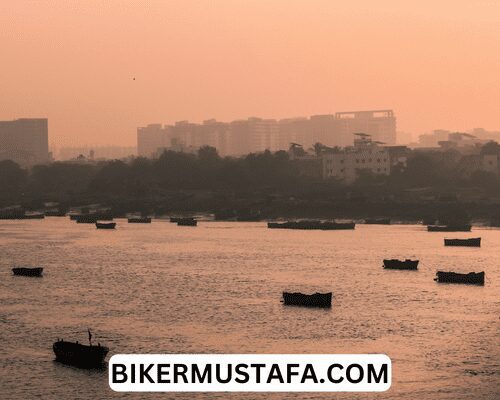
According to the Swachh Survekshan 2020 on August 20, Surat is the second-cleanest city in India as of August 21, 2020. A significant pipeline fire started, causing some harm.
Surat is called the Diamond City of India due to its diamond-cutting and polishing business. The city has many engineering businesses, including Essar, Larsen, Toubro, and RIL. The resilience category of the 2019 Netexplo Smart Cities Award went to Surat and UNESCO. At the UNESCO House in Paris, France, the award will be given to the mayor of Surat in March of the following year.
History
Etymology
Gopi established Surat, giving the area the name Surajpur or Suryapur. Surat was spelled Surrat by Duarte Barbosa. Dutchman Jacob Peeters referred to Surat as Sourratte. Surat has gone by many names throughout history. According to several sources, Surat is known as Surat, Surate, or Soorat.
Before the Mughal Empire, Surat existed
Gujarat was progressively annexed by Allauddin Khilji, the sultan of the Delhi Sultanate, the primary force in north India, starting in 1297. The Delhi Sultanate chose governors to run Gujarat despite being forced to do so, most notably in 1347 when Muhammad ibn Tughluq attacked Surat and other locations.
The support for an independent Gujarat increased as the Delhi Sultanate’s power declined at the end of the 14th century, reaching a zenith with the governor-at-the-time Zafar Khan’s declaration of Independence in 1407. The Baglana Rajput nobles, who either served the Deccan Sultans or the Gujarat Sultans, directly controlled Surat. Local nobility, starting with Chengiz Khan, seized power of Surat, Broach, Baroda, and Champaner after the Gujarat Sultanate fell in 1538. In contrast, Baglana was included in the Mughal Empire by Aurangzeb in 1637.

Duarte Barbosa, a Portuguese explorer, described Surat as a critical harbour used by many ships from Malabar and other areas in 1514. The name of the city was Surat by 1520. The Portuguese destroyed it in 1512 and 1530, the Mughals seized it in 1573, and the Maratha monarch Shivaji retook control of it (17th century).
During the rule of the Mughal Empire
It was the Mughal empire’s most wealthy port. Surat’s mud-and-bamboo tenements and meandering streets gave off the impression of being a typical “sleazy” trader’s town. Nonetheless, it was an affluent city, with a few mansions and warehouses owned by local merchant lords and establishments of Turkish, Armenian, English, French, and Dutch traders along the riverfront. While some streets were tiny, others were wide enough. In the evening, especially around the Bazar, the roads were packed with people and sellers (including Banyan merchants) peddling their wares (markets).
The pious Jains’ hospitals for cows, horses, flies, and insects confounded tourists. Surat was a bustling city during the Mughal Empire. The city’s population increased during the monsoon when ships could safely enter and exit the ports, but it also had a sizeable itinerant population. The city was twice taken by the Maratha king Shivaji, the first time being in 1664. The attacks of Shivaji destroyed the town and impeded trade.
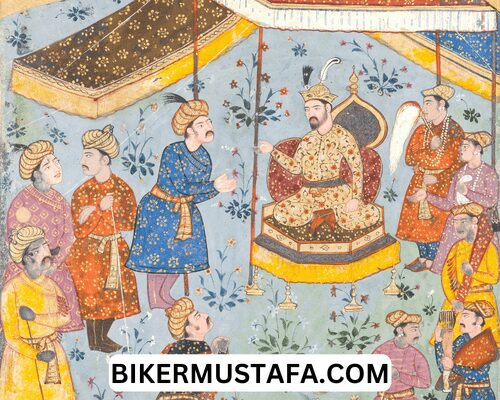
Surat, after that, evolved into India’s main trading centre for the export of gold and linen. Its two primary industries were shipbuilding and the production of textiles. The area along the Tapti River from Athwalines to Dumas was explicitly built for Rassi shipbuilders. Bombay was prosperous before development (present-day Mumbai). After that, Surat’s shipbuilding sector fell into disarray, and the city deteriorated over the 18th century. 100,000 Gujaratis were murdered by an outbreak in Surat between 1790 and 1791. Although the British and the Dutch claimed ownership of the city, the British took over Surat in 1800.
Over 80,000 people comprised Surat’s population by the middle of the nineteenth century. India’s railway system was completed, and the city grew again. The traditional process for producing beautiful muslin was restored. Surat became known for its silks, cotton, brocades, and gold and silver artefacts.
Current Era
British imperial rule
Surat, after that, evolved into India’s main trading centre for the export of gold and linen. Its two primary industries were shipbuilding and the production of textiles. The area along the Tapti River from Athwalines to Dumas was explicitly built for Rassi shipbuilders. Over 80,000 people comprised Surat’s population by the middle of the nineteenth century. India’s railway system was completed, and the city grew again. Surat became known for its silks, cotton, brocades, gold, and silver items, and the age-old method for making beautiful muslin was revived.
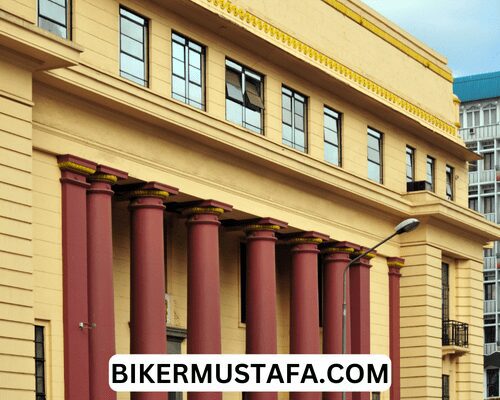
Following Independence
Surat joined India after the country’s Independence on August 15, 1947. It was a piece of Bombay State. Later, it was incorporated into Gujarat as part of the state. Following gaining Independence, Surat’s industrial activities—particularly its commerce and chemical industries—grew dramatically. Surat has developed into one of Western India’s fastest-growing cities and a sizable commercial and industrial powerhouse, along with Mumbai, Ahmedabad, Pune, Nagpur, and Vadodara. The Surat district was split into halves on October 2, 2007, thanks to the Surat District Re-Organisation Act 2007.
Geography
The Tapi’s damming forced the closure of the original port facilities, and the closest port is now found in the Surat Metropolitan Region’s Magadalla and Hazira neighbourhoods. Dumas Beach, a well-known beach, is located in Hazira. The location of the city is 21°10′N 72°50′E. It is typically 13 metres above sea level. The districts of Bharuch, Narmada, and Navsari, the Gulf of Cambay, and the areas to the west surround Surat. The region experiences a tropical environment with about 2,500 mm annual monsoon rainfall. The Bureau of Indian Standards classifies the town as seismic zone III on a scale of I to V.
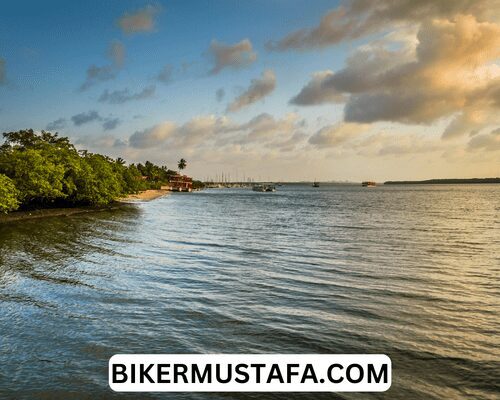
Climate
Surat’s tropical savanna ecosystem is profoundly impacted by its connection to the Gulf of Camboy. Early March marks the start of summer, which lasts until late June. The two warmest months, with maximum average temperatures of 37 °C (99 °F), are April and May. With an average high temperature of 32 degrees Celsius (90 degrees Fahrenheit) during those months, the monsoon season starts in late June and lasts until the end of September. High temperatures return until late November as the monsoon recedes in October and November.

Throughout the twentieth century, Surat experienced about twenty floods. Much of the city was inundated in 1968, and Surat served as the epicentre of a statewide plague outbreak in 1994 brought on by a cloudburst. Due to floods in the Tapti river brought on by water discharge from the Ukai dam, 90 kilometres away from Surat, 30% of Surat was underwater in 1998. Nobody has ever witnessed a gathering of individuals that share the same values and principles as one another. The city forecasts more flooding and extreme weather as climate change worsens. As a result, it has made investments in infrastructure for flood protection and climate resilience.
Culture
Food
A famous Gujarati saying states that the best way to achieve enlightenment is to eat in Surat and die in Kashi.

Locho and Idada
Among Surat’s most well-known foods include Locho, Ghari (sweet), Surti Bhusu, Alupuri, Kavsa, Ponk, Undhiyu, Dhokla, Khaman, Sev Khamani, and others.
There is a street in Surat called “Khoudra gali,” which translates to “foodie’s alley,” with kiosks serving a variety of cuisines, with Mysore Dosa being the speciality. This shows how obsessed the locals of Surat are with food.
People Also Ask:
What is Surat famous for?
With more than 5,000 manufacturing facilities, including some of the most cutting-edge, expansive diamond-cutting enterprises in the world, Surat is also regarded as the largest diamond production centre in the world. With over 100 listed companies, Surat SEZ is gradually becoming a leading jewellery manufacturing hub.
Is Surat a rich city?
Regarding per capita income, Surat tops Bangalore and Madras as the wealthiest city in India. The National Council of Applied Economic Research (NCAER) and Roopa Purushothaman of Future Capital Research determined that Surat’s households were the richest in their most recent poll.
Why is Surat interesting?
The titles “THE SILK CITY,” “THE DIAMOND CITY,” “THE GREEN CITY,” and others refer to Surat, one of India’s cleanest cities. It has the most vibrant modern culture and richly varied historical background. The first British landing in India took place there.
What is the old name of Surat?
Gujarat, an Indian state, contains the city of Surat, historically known as Suryapur. Surat, a contemporary port city, has a long historical and cultural history.
Surat Pin Code
The Surat pin code is 395003.
Surat District Name?
It is the second-most developed district in Gujarat. The sections of Bharuch, Narmada (North), Navsari (South), and Tapi form its borders (East). West of the area is the Gulf of Cambay. 6,081,322 people are living there as of 2011, with 79.68% of them residing in cities.
Recommended Articles:
South India Ride Hubli to Bangaluru Motovlog
Solo Riding Ahmednagar to Pune Motovlog
Solo Riding Dongaon to Ahmednagar Motovlog
South India Ride Kanyakumari to Rameswaram on Dominar 400 UG Motovlog

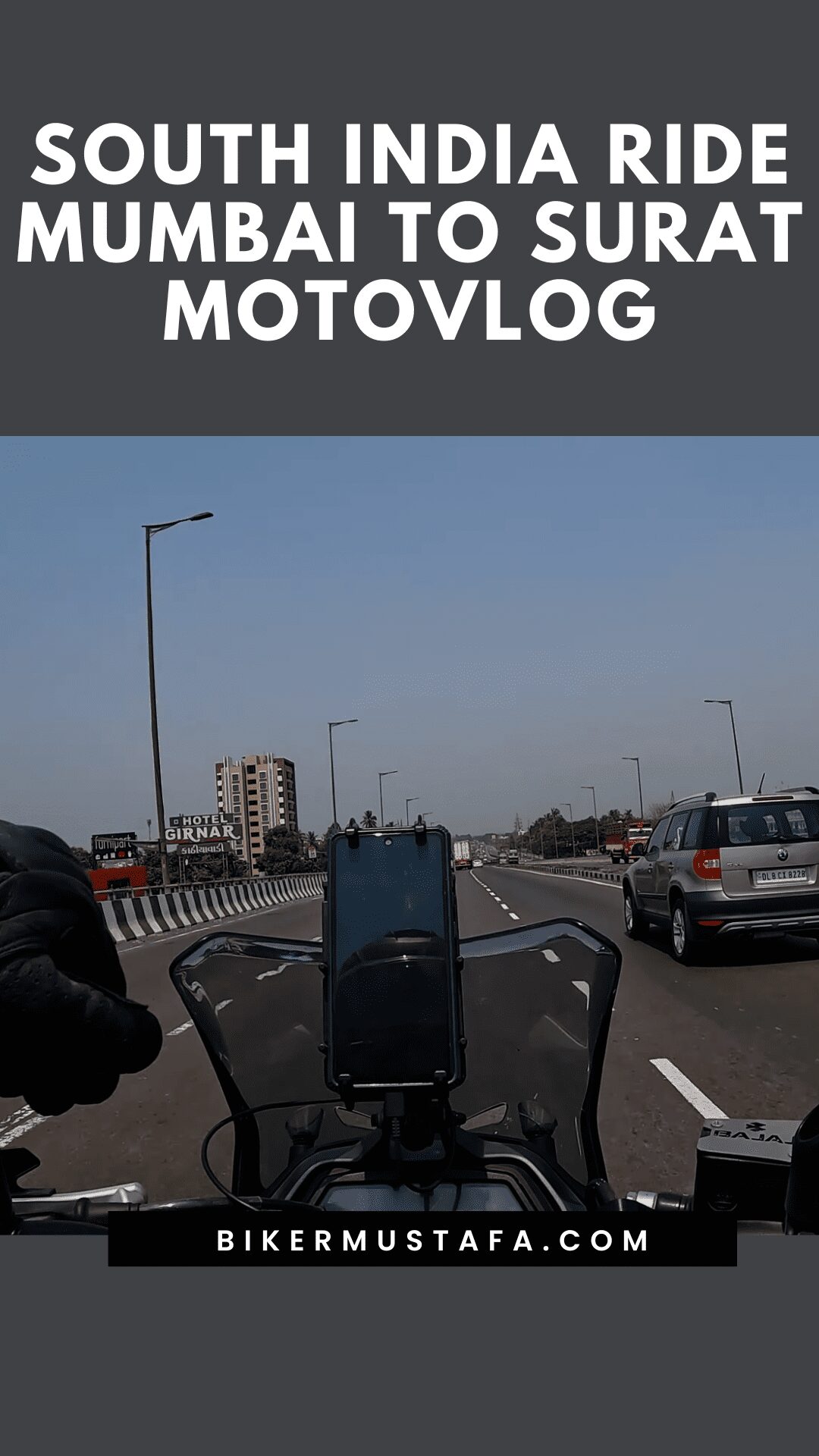
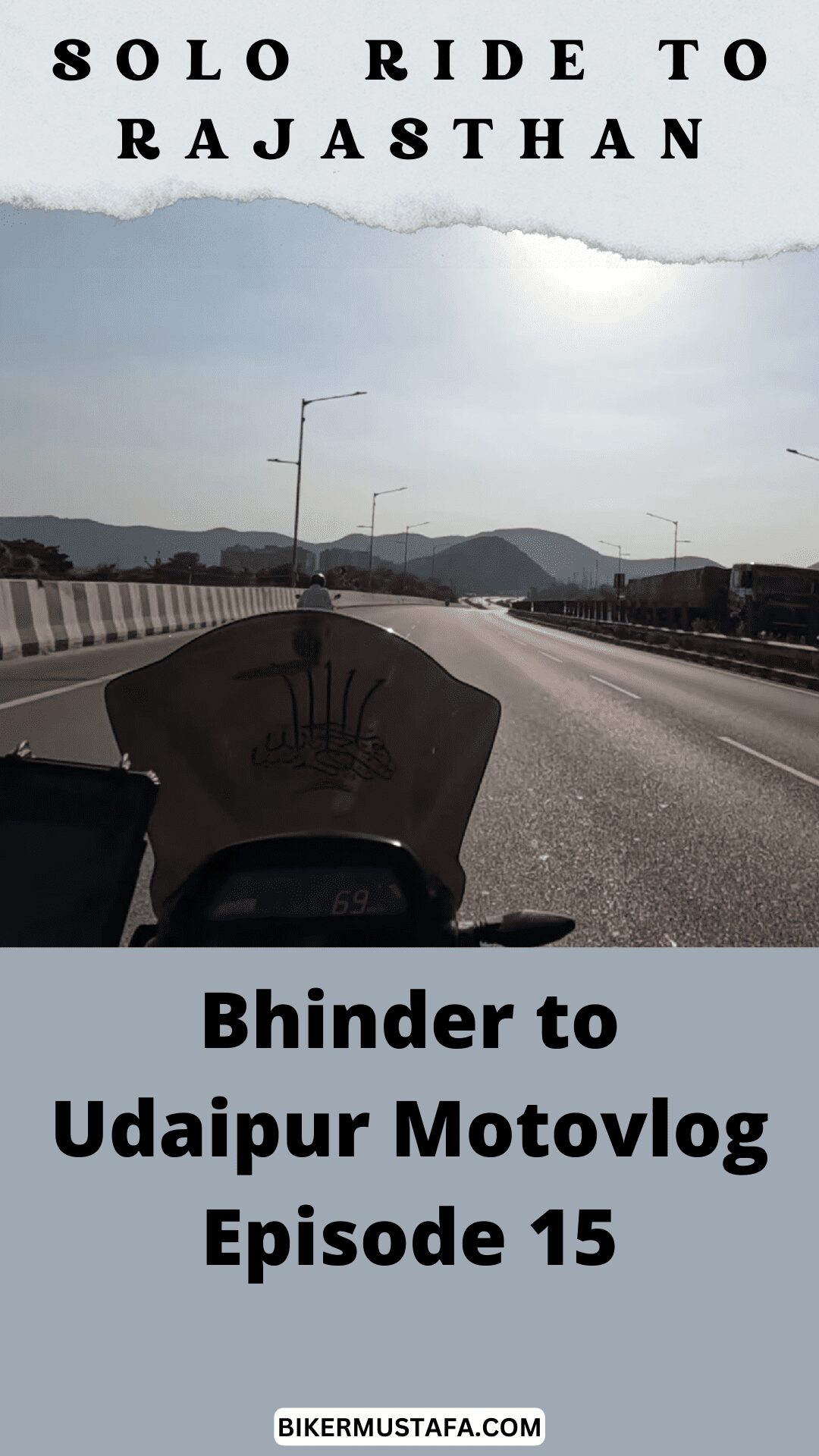

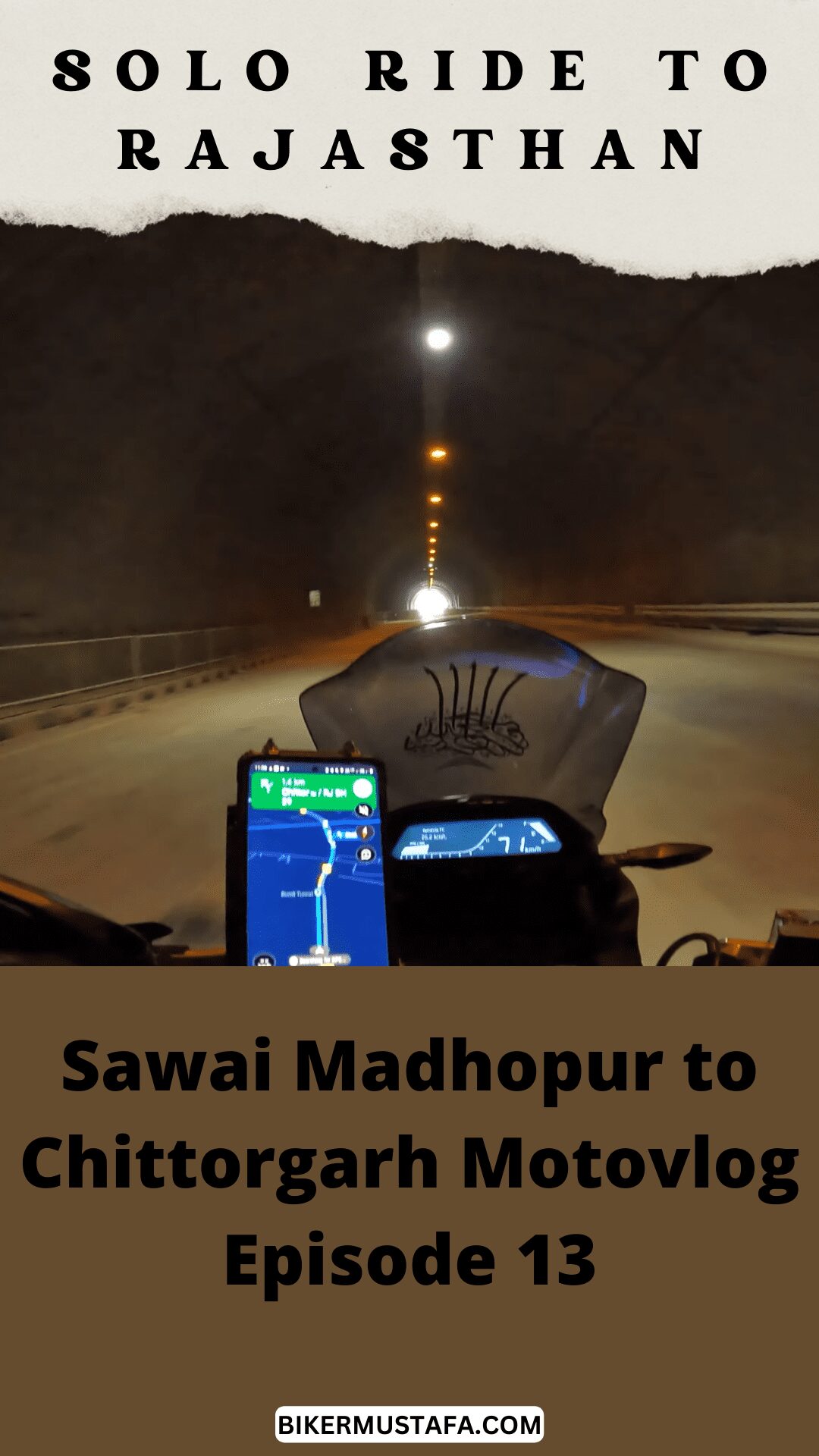
3 thoughts on “South India Ride Mumbai to Surat Motovlog”